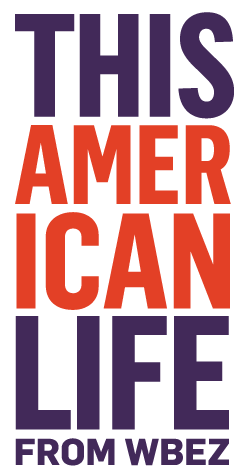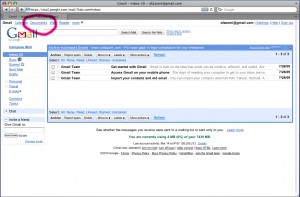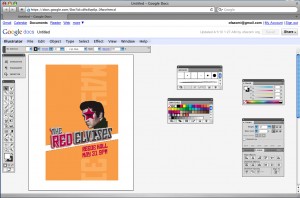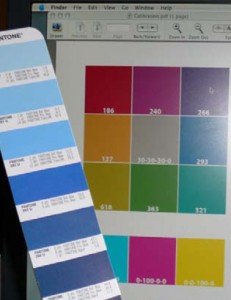You’ve got 10,000 color slides that your parents asked you to digitize over the weekend, eh?
Here are your options:
- Throw them on your flatbed scanner. (click: Scanner Comparisons)
- Get out the old carosel and take a picture of your projected image.
- Get a “direct copy attachment” for your digital camera and take a photo.
- Pay someone else (20 cents to 5 bucks a slide) to do it. (click: Original Lars Bell Comparison or PDF or Excel)
I am a great advocate of option number four. You will likely spend a minimum of a three minutes per slide. This does not include the time setting up your scanner, blasting the slides with air, doing the digital clean up work required to get all the specks of gunk off them. Here are some thoughts about that from Dave Dyer at Andromeda Camera:
- It’s never too soon to start preserving your analog photos, and it may already be too late. In the process of scanning my archives, most of which have been in unopened boxes or untouched negative sleeves for up to 40 years, I found:
- Negatives which had glued themselves to their sleeves.
- Strange snowflake-like artifacts on negatives, which were NOT present on the original prints made from them.
- Slides which were developed by drugstore-type services, which had faded very badly, where the same film type processed by other processors at the same time were still fine.
- Remember that resolution isn’t everything. Color and contrast are equally important, and depending on the intended use of your scans, any of these methods might be ok. However, the best results are clearly obtained using slide scanners.
- The Achilles heel of this process is cleaning. Literally microscopic specs of dust become asteroids when scanned at 2400 dpi. Newer scanners which use ICE technology to remove the dust are wonderful – but remember that ICE is only papering over the crud, not removing it. Except for slides with serious gunk (such as fingerprints) I recommend cleaning using compressed air, an antistatic brush, and careful attention. Even a quick blast helps a lot. For slides with serious problems, I use Pec-12 and Pec Pads. They’re not miracles either, but they help. The best solution, of course, would be to never get your slides dirty, but that’s not a realistic prospect. Even slides that have never left their box seem to accumulate dust from somewhere.
- Converting color negatives is much harder due to the orange mask and compressed dynamic range. Flatbed scanners and Digital cameras are just not adequate.
60 slides will take 3 hours. The same 60 slides will cost about $18-$45 for most folks. Money well spent!






